Information Services Take the Fast Track
 |
While in the Persian Gulf, Operations Specialist 1st Class Derrick L. Johnston, USN (l), tracks interceptions of aircraft and reports them to Lt. Cmdr. Michael J. Yager, USN (r), tactical actions officer, in the USS Enterprise combat direction center, CDC). In the CDC, information is collected, processed, displayed, evaluated and disseminated from sources outside and inside the ship. The Defense Information Systems Agency (DISA) is moving to the next phase of its Net-Centric Enterprise Services (NCES) program, which will facilitate data sharing across the U.S. Defense Department. |
The Defense Information Systems Agency, in cooperation with U.S. Joint Forces Command and U.S. Strategic Command, is demonstrating new command and control capabilities this month. The pilot event, called Oktoberfest, illustrates 31 services from the agency’s Net-Centric Enterprise Services program, command and control communities of interest services, mission-specific services and the user-defined operational picture. It provides key mission capabilities that support combatant command mission-approved threads, including services that provide situational awareness and capabilities that assist in global strike efforts.
Oktoberfest is one of the first products of the Net-Centric Enterprise Services (NCES) program, a Defense Information Systems Agency (DISA) transformational effort that emphasizes the value of data to the U.S. Defense Department enterprise. DISA, located in Arlington, Virginia, created the NCES program to provide enterprise services that support the Global Information Grid (GIG). The goal is to offer the department’s organizations ubiquitous access to reliable, decision-quality information through a network-based services infrastructure and applications that bridge real-time and near-real-time communities of interest. End users, including department personnel and warfighters, will be able to pull information from any available source. NCES capabilities will allow GIG users to task, post, process, use, store, manage and protect information resources on demand.
Betsy Appleby, NCES program manager, DISA, explains that the agency made this major change to its information technology approach to reflect how the military fights today. “Years ago, we would say it was critical to deliver the right information at the right time in the right format to ensure situational awareness and timely decisions for military commanders. One of NCES’ basic precepts is that the world and military operations are not that orderly. I think the asymmetrical threat has caused us to adjust from a rigid and highly organized method of conveying situational awareness to a process of assimilation from a variety of sources that had not been previously considered,” Appleby says. NCES will deliver relevant capabilities to the Defense Department faster and more often than DISA has ever done before, she adds.
Rather than using tightly defined interfaces between applications and data, NCES establishes an architecture that unbundles the data from the application. As a result, more consumers can receive the data through a Web-based service.
One of the ways DISA will accelerate the rate that capabilities move to the end user is through the evaluation capability module (ECM) environment, which will be established in the acquisition framework and features spiral development within investment increments. An ECM, also termed the perpetual pilot environment, is the smallest increment of a capability. As soon as a capability is available, it will be put on this pilot test network, and operational users will be able to test it from wherever they are located.
“We will be doing our operational testing and assessment within this environment,” Appleby explains. “When we get positive results from users, we’ll move the capability into the operational network. The networks are co-located, and the processes are very similar to overcome choke points we had in getting capability to the end users.”
DISA chose to use this methodology because it resembles best commercial practices, Appleby offers. Major companies can introduce new capabilities rapidly because their operational network, development and test capabilities are closely integrated. The test environment is either partitioned within the operational environment or a closely managed replica, so the risks that arise when moving capabilities from test to operations are dramatically reduced, she says.
According to Appleby, the ECM construct will facilitate closer relationships among developers, testers and users. “Often, because of the nature of our business in the Defense Department and the number of stakeholders that we have to satisfy in the process, software releases are delayed and bundled capabilities are held captive. With NCES, we are looking at changing this process, and we’ve come up with the ECM concept,” she says.
NCES’ goal is to empower end users by making information available using a task-post-process-use construct. By posting information as it becomes available, DISA aims to overcome the delays involved in processing, Appleby explains. “That is the main NCES concept: to reduce the ‘time to market.’ This will reduce the overhead that caused delays in the schedule. The test community realizes that for NCES to be relevant, we need to take down some of the barriers in our traditional test model,” Appleby relates.
The way that large Web services providers issue software releases raises the bar for the Defense Department regarding how quickly capabilities can be provided to the department’s community, she notes. “Like ours, their whole network could be brought down by some erroneous code or information assurance vulnerability. Entire businesses are operating over the Internet. How can they do it, and what can we learn? What we have learned is that they put out capability in smaller pieces than we typically have, even though we do evolutionary acquisition in the Defense Department with spiral development,” Appleby explains. DISA also is examining how it licenses and acquires capabilities, she adds.
The agency is now in the technology development stage of the program. Current work involves proving the viability of NCES as well as obtaining early operator experience with the concepts. It currently is in the process of solidifying the requirements from across the Defense Department to determine the scope of increment one.
A Web services construct and service-oriented architecture are being used to accomplish this task. This involves Web services standards such as Extensible Markup Language, Web Services Description Language, simple object access protocol, and universal description, discovery and integration. This differs from the way DISA operated in the past when applications were built with hardwired relationships to the data held within the application. Within the service-oriented architecture, the data and application are loosely coupled. “By promoting the Defense Department enterprise strategy, which asserts ‘publish or perish,’ we are going to make data available across the enterprise and more consumable with core services versus the heavily bundled applications approach,” Appleby states.
The NCES program will provide the enabling information infrastructure, called core enterprise services (CES), so information producers and consumers can exchange data. At this time, the CES includes enterprise systems management, messaging, discovery, mediation, collaboration, user assistance, data storage, applications and information assurance/security that support communities of interest. The program strategy is based on capitalizing on commercial technologies, products and applications while fully adhering to the practical strategy of defense in depth to ensure information assurance, Appleby notes.
During the past six months, DISA’s understanding of NCES challenges has evolved. The agency has found that another way of looking at the program is to focus on the network-centric foundational capabilities and the customer-facing capabilities as the framework for the CES. The foundational capabilities provide the underlying services and functions that enable a service-oriented network-centric computing environment and support higher level services. Customer-facing capabilities facilitate use of enterprise services and allow end users to collaborate. They are visible to the customers and help shape the network-centric foundational capabilities that are required and nominated by the user community.
Oktoberfest is the NCES’ initial activity. To expedite the proliferation of the data the warfighter requires in NCES, a service needs to be developed that enables the warfighter to create a user-defined operational picture (UDOP). The UDOP will allow a warfighter to establish a set of pertinent data that will comprise the operational picture.
With the support of U.S. Joint Forces Command and U.S. Strategic Command, DISA will demonstrate the concepts and underlying technology of an operational context service, a track management service and an event management service, which will create a situational awareness capability. This capability includes command and control (C2) situation monitoring and alerting services, blue force look-up services, battlespace entity access services and common operational picture to C2/intelligence association services.
In addition, work conducted during Oktoberfest will explore global strike requirements. The capabilities needed include real-time collaboration, service-oriented-architecture distributed development and publication services, and time-critical decision management services.
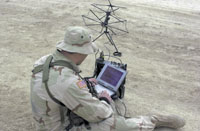 |
| One of NCES' primary goals is to make information more readily available to edge users. |
The program has some challenges, Appleby allows, but from a technical standpoint, the solutions exist. Data handling is one issue that must be addressed. Data owners are required to tag and publish their data to the network. Common data definitions are needed, however, for data to be understood across functional boundaries and communities of interests. “This is not a challenge unique to the Defense Department though, so we should look at commercial models for dealing with data,” she states.
Data issues can be exacerbated by the second challenge: the resistance to change. “Although NCES clearly offers dividends for the department, in order to realize the full promise of net-centricity, programs and applications need to change the way they handle data,” Appleby notes.
Another cultural challenge is what Appleby calls the “not invented here” syndrome. To keep pace with technological advancements, the department must leverage commercial practices and capabilities in the same time frame. “NCES is not a large development activity where we are starting from scratch. It is more of an architectural and integration challenge. The challenge for the Defense Department, from a cultural perspective, will be how quickly we can move proven consumer-grade capability into the operational environment,” she says.
Another concern is that NCES will cause information overload for commanders. Appleby contends that real-world experience belies this point. “We have seen, through recent military operations in Iraq and Afghanistan, that access to more data earlier in the decision cycle provided more time to analyze the data required for making the decision than ever before,” she states.
Despite the challenges, Appleby believes the NCES program is critical to keeping pace with the demands of military operations. “We need to do better than 18 to 24 months between software releases and enhancements. The NCES program is striving to decrease the time to network—as opposed to time to market—of core services.
“NCES is not a big bang acquisition. It is an evolutionary acquisition program that will provide capabilities incrementally. … The operational tempo in the Defense Department demands agility and flexibility in support of military operations. We need our industry partners to bring solutions and new ideas. The time to implement solutions will be compressed,” she says.
Web Resources
Defense Information Systems Agency, NCES: www.disa.mil/pao/fs/nces3.html
U.S. Marine Corps NCES Status Update: www.usmc.mil/maradmins/maradmin2000.nsf/0/6e082e8b7bd762e185256ebf00050c86?OpenDocument
NCES MILCOM Presentation: www.afcea.org/pastevents/milcom2003/Meyerriecks_files/frame.htm
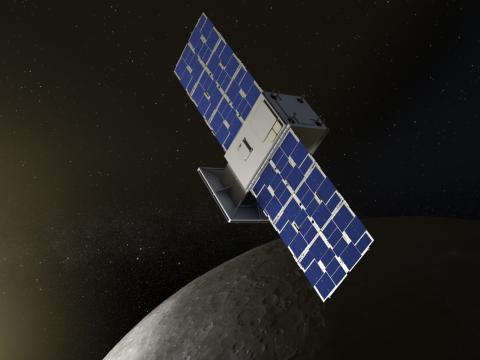
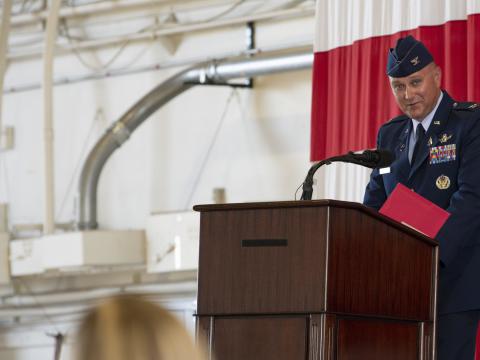

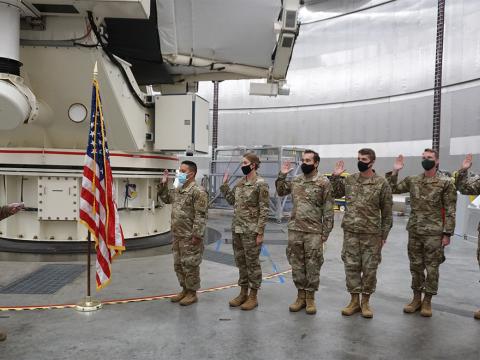
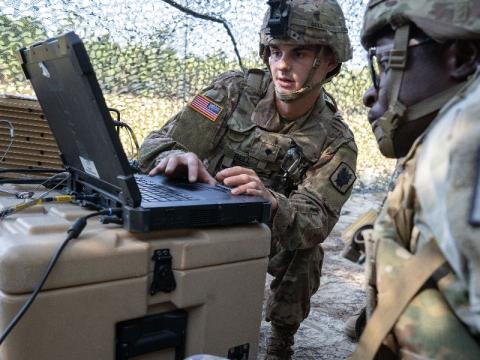
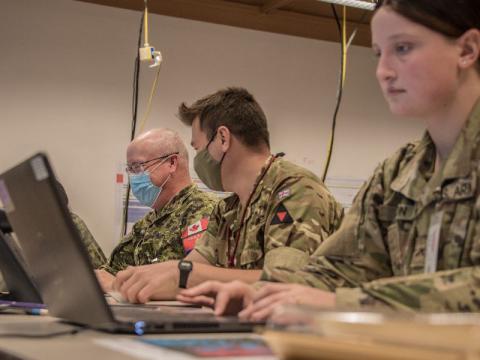
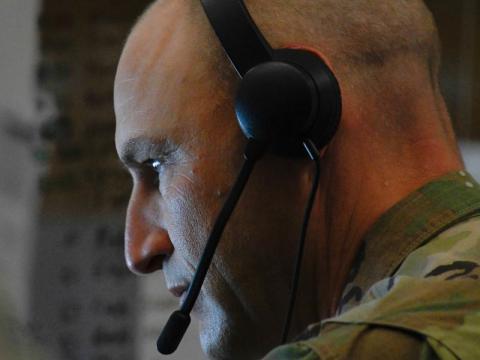
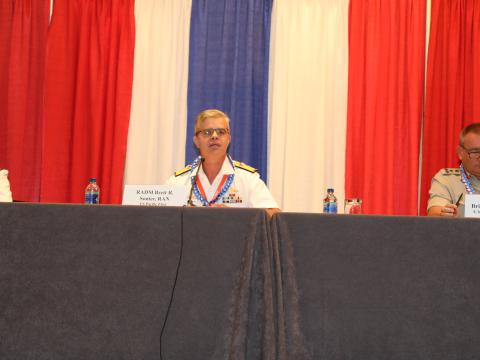

Comments